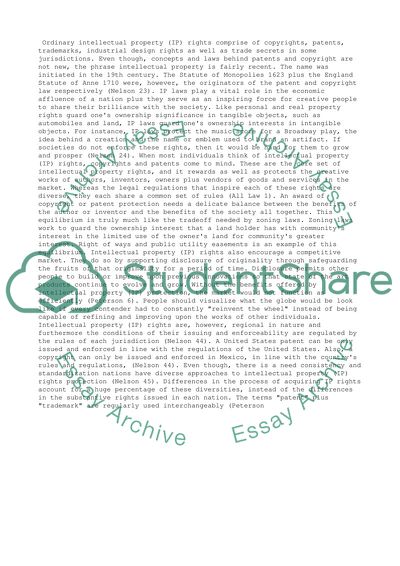Cite this document
(“Ntellectual Property Rights: Copyright and Patent Term Paper”, n.d.)
Ntellectual Property Rights: Copyright and Patent Term Paper. Retrieved from https://studentshare.org/business/1454163-intellectual-property-rights-copyright-and-patent
Ntellectual Property Rights: Copyright and Patent Term Paper. Retrieved from https://studentshare.org/business/1454163-intellectual-property-rights-copyright-and-patent
(Ntellectual Property Rights: Copyright and Patent Term Paper)
Ntellectual Property Rights: Copyright and Patent Term Paper. https://studentshare.org/business/1454163-intellectual-property-rights-copyright-and-patent.
Ntellectual Property Rights: Copyright and Patent Term Paper. https://studentshare.org/business/1454163-intellectual-property-rights-copyright-and-patent.
“Ntellectual Property Rights: Copyright and Patent Term Paper”, n.d. https://studentshare.org/business/1454163-intellectual-property-rights-copyright-and-patent.


